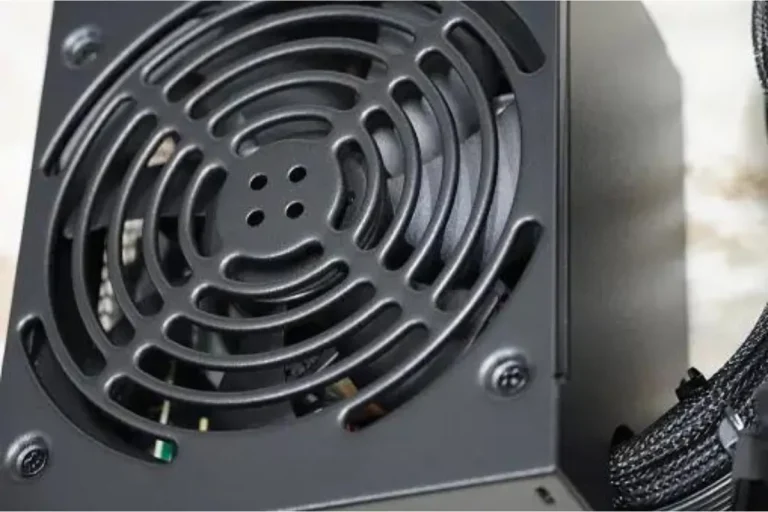Is it possible to run a PC without a computer case at all?
Have you ever wondered if you could give your PC a sense of freedom, unencumbered by the confines of a traditional computer case? It turns out that running a PC without a case is indeed possible, and in this article, we’ll explore the ins and outs of this intriguing concept. Ge
Reasons to Run a PC Without a Computer Case
When it comes to running a PC without a computer case, there are several motivations that drive enthusiasts to explore this unconventional approach. Let’s dive into the reasons why some people choose to ditch the case and embrace the bare essentials.
Space-Saving
One significant benefit of running a PC without a case is the potential for space-saving. Traditional computer cases can take up a considerable amount of room, especially if you have limited desk or floor space. By eliminating the case, you can free up valuable real estate and create a more streamlined setup.
Customization
Running a PC without a case opens up customization possibilities. Without the constraints of a case, you can showcase your components in unique and visually appealing ways. Whether it’s through custom-made frames or open-air setups, you have the freedom to create a PC that truly reflects your personal style.
Challenges of Running a PC Without a Computer Case
While running a PC without a computer case offers certain benefits, it’s important to address the limitations and risks that come along with this approach. Let’s dive into your potential challenges when opting for a caseless setup.
Dust Accumulation
Without a sealed case to protect your components, dust and debris can easily find their way into your PC. This can lead to clogged fans, overheating, and potential damage to sensitive hardware components. Regular cleaning becomes crucial to maintain optimal performance and prevent any long-term issues.
Increased Vulnerability to Damage
Running a PC without a case exposes your components to a higher risk of accidental damage. Without the protective enclosure of a case, your components are more susceptible to accidental bumps, spills, or even static electricity.
Poor Airflow Management
Computer cases are designed with airflow in mind, ensuring that cool air is efficiently directed over the components and hot air is expelled. Without a case, managing airflow becomes more challenging, which can lead to higher temperatures and potential performance issues.
Alternative Options to Computer Cases

If you’re intrigued by the idea of running a PC without a traditional computer case, but still want to provide some form of housing and protection for your components, fear not! There are alternative options available that allow you to showcase your hardware while maintaining a level of functionality and safety.
Open-Air Frames
Open-air frames provide a structured framework to mount your PC components while leaving them exposed to the surrounding environment. These frames are designed to maximize airflow and cooling, and they often feature a minimalist and aesthetically pleasing design.
Custom DIY Solutions
For those who enjoy a hands-on approach, custom DIY solutions can be a fun and creative way to house your PC components. From mounting components onto a custom-made wooden or acrylic board to repurposing unique objects as a case, the possibilities are endless. Just ensure that your DIY solution provides adequate protection, proper airflow, and accessibility to components.
Frequently asked questions
1. Can I really run a PC without a case? Isn’t it risky?
Absolutely! Running a PC without a case is possible, but it requires careful consideration and implementation of proper measures to ensure safety and performance.
2: What are some caseless PC experiments that have yielded positive results?
Several enthusiasts have shared their successful experiments, such as mounting components on a custom acrylic board for improved aesthetics and accessibility, or using open-air frames to maximize airflow and cooling efficiency.
3: How do caseless PC setups handle dust and debris accumulation?
Without the protection of a case, caseless PC setups are more prone to dust and debris accumulation. Regular cleaning with compressed air or a soft brush is essential to prevent clogged fans and overheating.
4: Do caseless PCs require additional cooling solutions?
Yes, caseless setups may require additional cooling solutions due to the lack of natural airflow management. Aftermarket CPU coolers, extra case fans, or liquid cooling systems can help maintain optimal temperatures for components.
5: Are there any risks associated with running a PC without a case?
Running a PC without a case can expose components to potential risks like accidental damage, increased vulnerability to static electricity, or exposure to moisture.
Conclusion
running a PC without a computer case is indeed possible, but it requires careful consideration and implementation of best practices. While it may seem unconventional, many enthusiasts have successfully embraced caseless setups, showcasing their hardware in unique and creative ways.
With proper precautions and attention to airflow, cooling, and cleanliness, you can enjoy the benefits of a caseless PC while ensuring the longevity and performance of your components.

